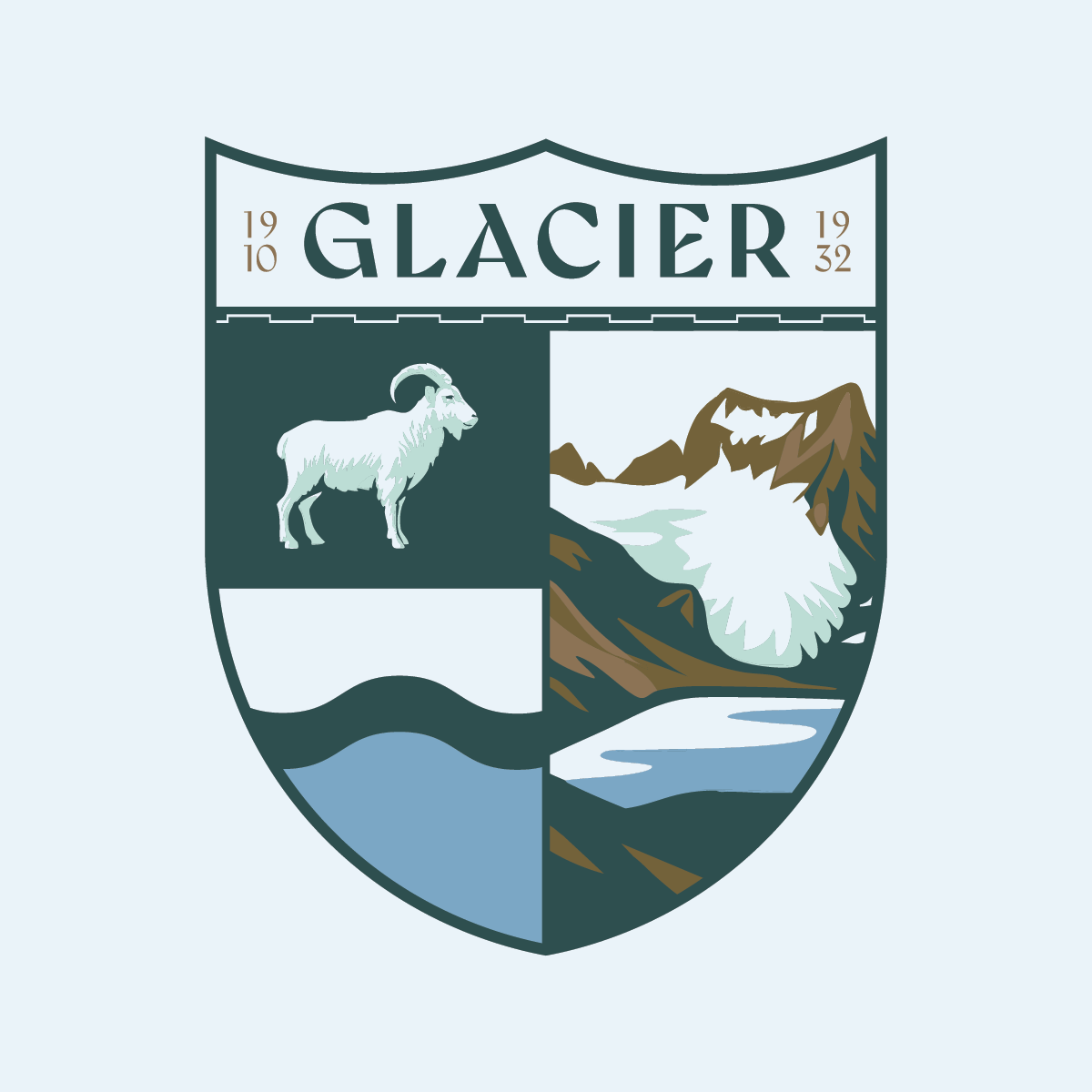Our Exploration Editions collection celebrates the raw majesty and rich history of iconic American landscapes through thoughtfully crafted collegiate-inspired designs. Each tee features our signature crest approach, blending the park's natural symbols with academic and athletic aesthetics that honor each park's legacy.
Material: 100% Ring Spun US Cotton (Comfort Colors)
Shirt Color: Ivory
Fit: Relaxed unisex fit (see our sizing guide)
Care: Machine wash cold and turned inside-out; tumble dry low to preserve design quality and shirt longevity
Designed in California and printed in USA. To explore the meaning of each element in the design, check out our Inspo page.
About Our Exploration Editions
Our Exploration Edition tees are printed to order by a carefully vetted print partner (based right here in the Bay Area!) who shares our commitment to quality and craftsmanship.
And as with all our products, 5% of all proceeds on Exploration Editions are donated directly to our national parks.
Our Exploration Editions collection celebrates the raw majesty and rich history of iconic American landscapes through thoughtfully crafted collegiate-inspired designs. Each tee features our signature crest approach, blending the park's natural symbols with academic and athletic aesthetics that honor each park's legacy.
Material: 100% Ring Spun US Cotton (Comfort Colors)
Shirt Color: Ivory
Fit: Relaxed unisex fit (see our sizing guide)
Care: Machine wash cold and turned inside-out; tumble dry low to preserve design quality and shirt longevity
Designed in California and printed in USA. To explore the meaning of each element in the design, check out our Inspo page.
About Our Exploration Editions
Our Exploration Edition tees are printed to order by a carefully vetted print partner (based right here in the Bay Area!) who shares our commitment to quality and craftsmanship.
And as with all our products, 5% of all proceeds on Exploration Editions are donated directly to our national parks.


The year 1910 marks the establishment of Glacier National Park.
The year 1932 marks when Glacier National Park was designated, in union with Canada's Waterton Lakes National Park, as the world's first International Peace Park - a pioneering partnership that recognizes these landscapes know no borders.
The shield's crown-like top honors Glacier's enduring nickname as the "Crown of the Continent" - a title bestowed by George Bird Grinnell, an early advocate for the park's creation. Further, the top of the design mirrors the park's dramatic topography, where ancient glaciers carved peaks and valleys into the landscape.
The mountain goat was chosen as the official Glacier symbol for its mastery of the park's vertical terrain. While these skilled climbers can be found throughout the park's high country, they are most frequently encountered near Hidden Lake on the west side of the park.
The stone guard railing design echoes the iconic masonry of Going-to-the-Sun Road, where craftsmen shaped each stone to blend with the surrounding landscape. This engineering marvel, stretching east to west across the park's rugged terrain, stitches together landscapes divided by the Continental Divide, creating a scenic journey that helps visitors witness the park's dramatic transition from one ecosystem to another.
Lake McDonald, known to the Kootenai people as Sacred Dancing Lake, is nestled west of the Continental Divide and holds the distinction of being the park's largest body of water among more than 130 named lakes.
Grinnell Glacier, perched east of the Continental Divide, is one of the park's most accessible and studied glaciers and is one of fewer than 30 active ice masses remaining in a landscape shaped by their ancient predecessors. While the glaciers may be receding, their profound impact on the park's dramatic topography endures in every carved valley and towering peak.